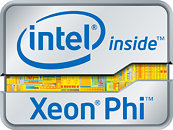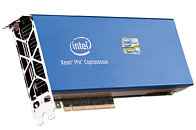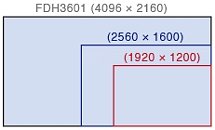
NVIDIA Becomes First Company Ever to Hit $4 Trillion Market-Cap
NVIDIA today became the first company ever to hit a market capitalization of $4 trillion. The top-5 companies by market-cap are now all tech companies with trillion-dollar valuations. These are, NVIDIA at $4.00 trillion, followed closely by Microsoft at $3.73 trillion, Apple at $3.13 trillion, Amazon at $2.36 trillion, Alphabet at $2.13 trillion, and Meta at $1.83 trillion. Shares of NVIDIA peaked at $164 (up 2.4%) today, pushing its market-cap above the $4 trillion mark. NVIDIA's rise has been a phenomenon in Finance given that it crossed the $1 trillion mark as recently as June 2023. Its rise is tied closely with the meteoric ascent of AI in information technology and consumer electronics; with NVIDIA holding an over 90% market share in the server-side hardware that accelerates it at an industrial scale.













































